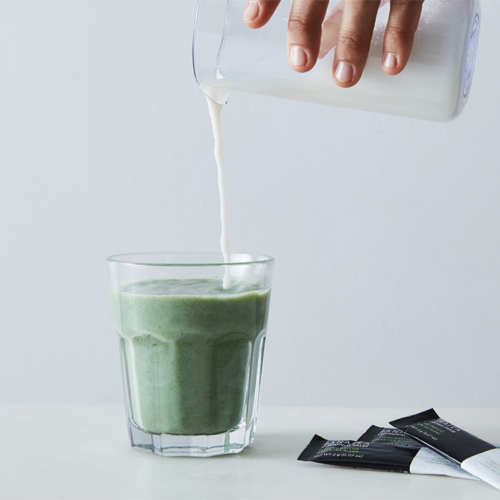Ippodo
Kyoto-based and three centuries old, the store brings premium green tea (and a limited edition spring matcha) to NYC

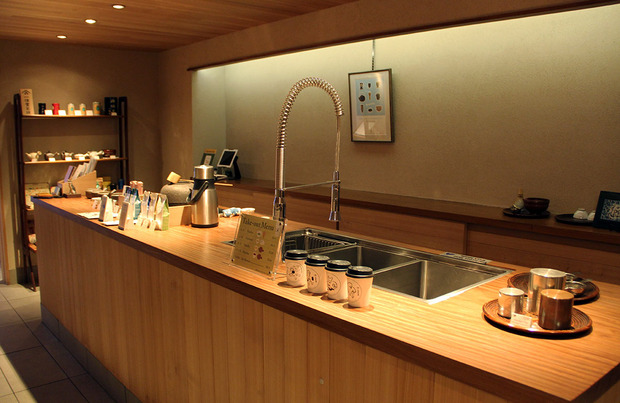
Just a few blocks from the hustle and bustle of Grand Central Station lies the serene Ippodo, hidden inside the ground level of Michelin-starred restaurant Kajitsu, which specializes in all-vegetarian Japanese Shojin cuisine. Not to be confused with the wildly popular ramen hotspot in the East Village of the same name, Ippodo has been producing high-quality tea for almost three centuries in the heart of Kyoto. Last April, their first international store quietly opened in New York, bringing the total number of Ippodo stores to three (the others are in Kyoto and Tokyo). We visited the store, sampling the different green tea varieties in an experience that was as stimulating for the tastebuds as it was for our curiosity.
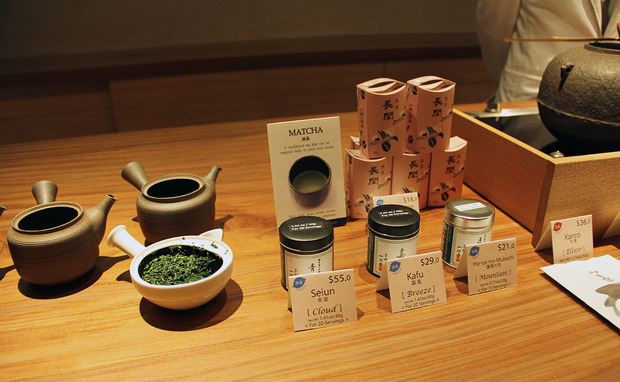
At the NYC outpost one can sample many varieties of premium green teas, brewed to perfection using traditional tea utensils and centuries of historical knowledge. The consultants are all from Japan and the service is impeccable; their job is to help determine which kind of green tea best suits each customer. “All of our tea is from the Uji region, which is one of the most famous and oldest tea plantation areas in Japan; it’s mainly in the Kyoto prefecture but also part of Nara and Shiga prefectures, which are connected to each other,” Chihiro Kimura, tea consultant at Ippodo, tells CH. Ippodo sells only green tea (except for their mugicha, or barley tea) and they are mostly available as leaves, though the store does sell a select few in teabags.
“I drink a lot of tea—more than water,” Kimura chuckles. “Some people are very sensitive about caffeine, but it doesn’t happen to me. We recommend hojicha (roasted green tea) or mugicha (barley tea) for those people.”
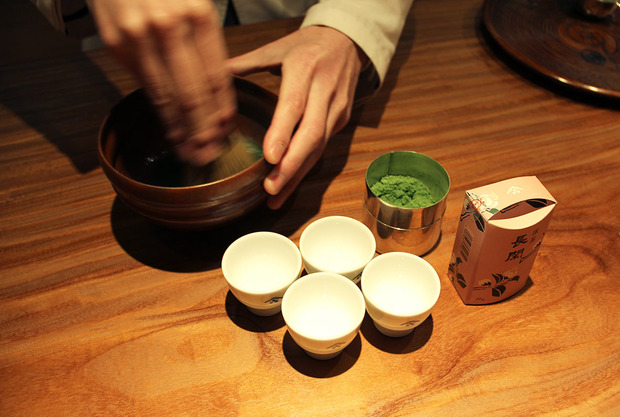
We tasted the limited-edition seasonal matcha currently being offered, whose color—like typical matcha—is particularly pleasing to the eye with its bright, lighter green hue that looks almost artificial. The stone-ground powder is mixed with hot water in a cha-wan (or bowl) using a cha-sen (or bamboo whisk) to ensure the texture is smooth throughout and free of lumps. (Ippodo uses whisks made in Nara, Japan, where there is a small village that is famous for making just cha-sen.) This particular variety—which Ippodo calls Nodoka (“Spring Peace”)—is refreshing, with a lightness that lingers on the tongue.
“Usually premium has less bitterness and more mellow sweetness and a richer taste, but this one has a little bitterness in the aftertaste, so it goes well with sweets. Not adding sweetener like sugar, but drinking with sweets,” says Kimura. If you do enjoy your matcha with sugar or soy milk, she recommends using a lower grade that’s less expensive, as the more premium-grade tea should be sipped on its own.
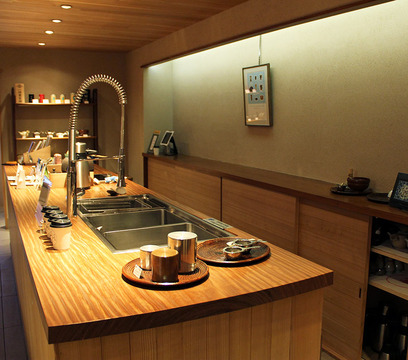
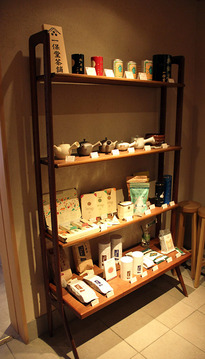
After rinsing our mouths with a small cup of cold water, we then tasted the mantoku gyokuro, which was brewed with warm water, as well as a more premium gyokuro variety that was cold-brewed. For cold brew, one places tea leaves into a teapot and then adds cold water and ice cubes, then waits 20 minutes to half and hour—this ensures enough time for the twisted tea leaves to open up. Brewing with warm or hot water, it only takes 30 seconds to a minute and a half.
The cold-brewed premium gyokuro surprised us—it tasted more like a vegetable, or perhaps even a broth. These “umami flavors” are why gyokuro is often compared with a brandy or whisky—it should be sipped slowly, and savored.
Generally, more premium tea requires a lower temperature, Kimura advises, but you don’t need a fancy tea kettle that measures the exact temperature. After boiling your water, simply pour it into an empty cup, then pour that into another cup to cool it down; otherwise, just simply wait a few minutes after the water boils—a good exercise in patience, and a contrast to New York’s urgent to-go culture. (Ippodo does offer tea to go, however.)

One common misconception about green tea is that it has a long shelf-life, as it looks like a dry-good—but it’s actually perishable due to the tiny amount of water it contains. This might be a good time to re-evaluate how long your bags of tea leaves have been hibernating in that kitchen drawer. Once open, the green tea’s flavor and fragrance stays fresh for, as Kimura explains, about “two weeks, because it’s not fermented like black tea. It’s not raw, but it’s not completely dry.” Keeping green tea in the canisters can extend its freshness to about a month, which is why it’s best to purchase in small amounts, rather than bulk. Ippodo sells most of its tea, which doesn’t contain additives or preservatives, in either 20-gram boxes (which contain about 10 servings) or 40-gram boxes (about 20 servings).
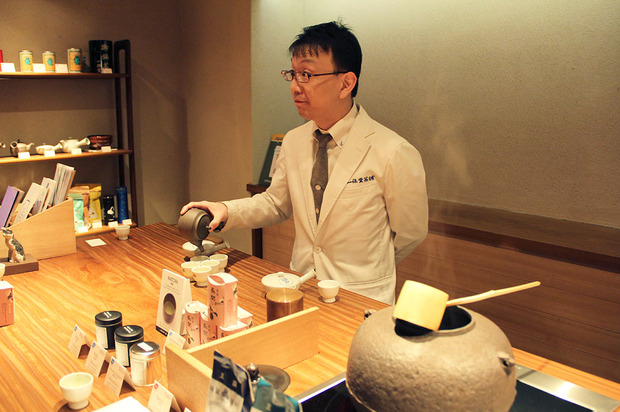
The limited edition, premium matcha Nodoka retails for $9 for a 20g box and is available until 30 April 2014; it can be purchased online or in store. The New York outpost of Ippodo is located at 125 East 39th Street in New York, and open Tuesdays to Sundays, from 11AM to 7PM. Be sure to also check out Ippodo’s simple and useful online guide for how to prepare the different types.
Photos by Nara Shin

